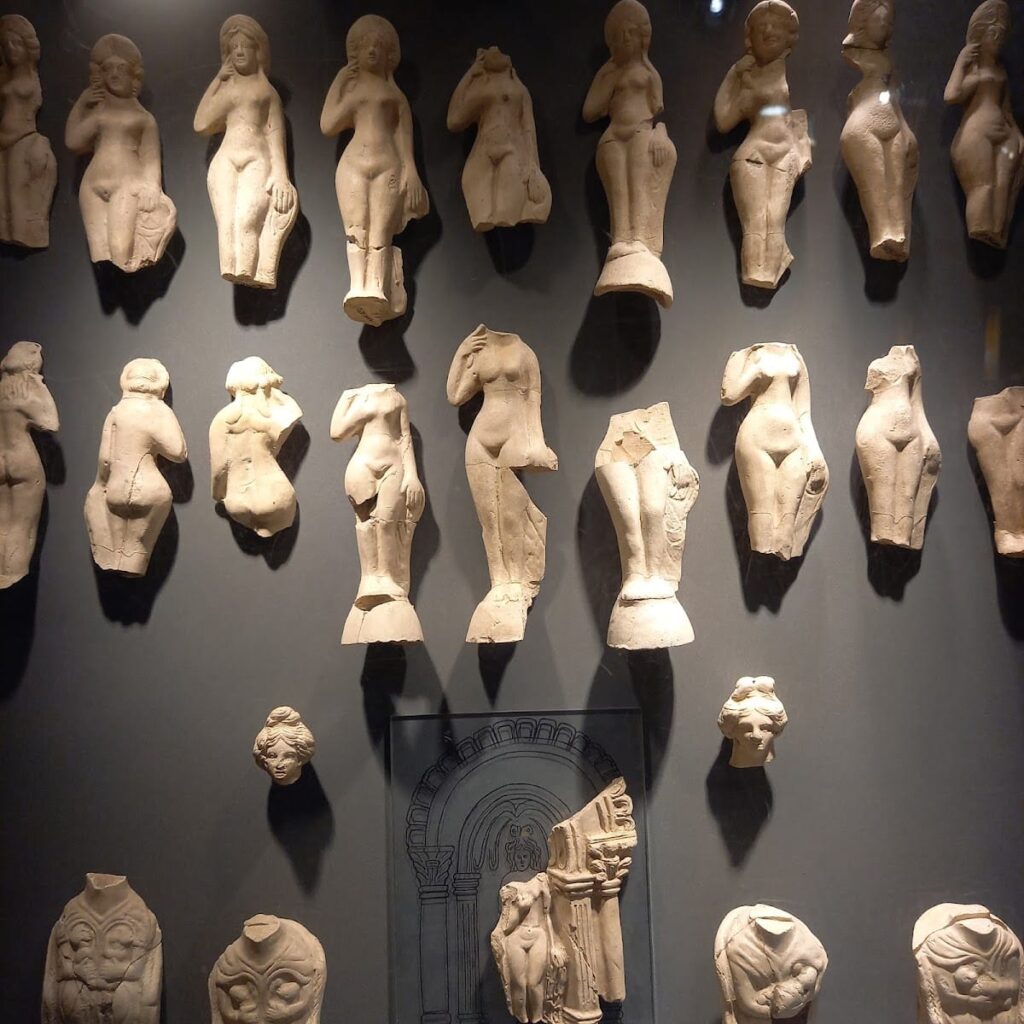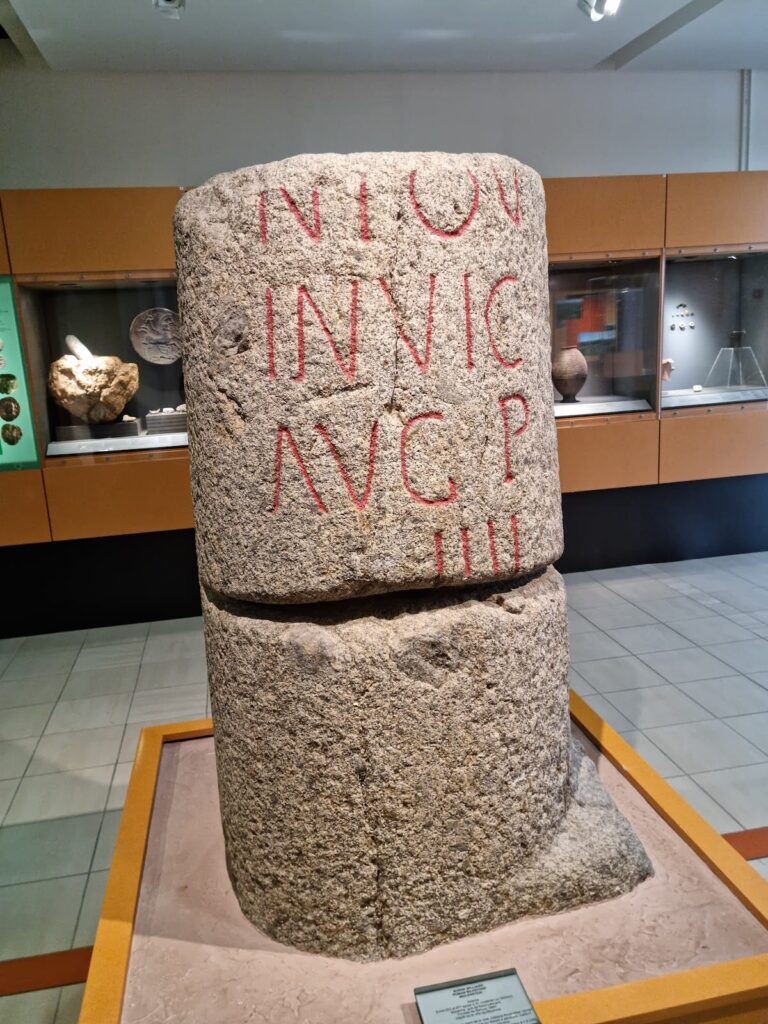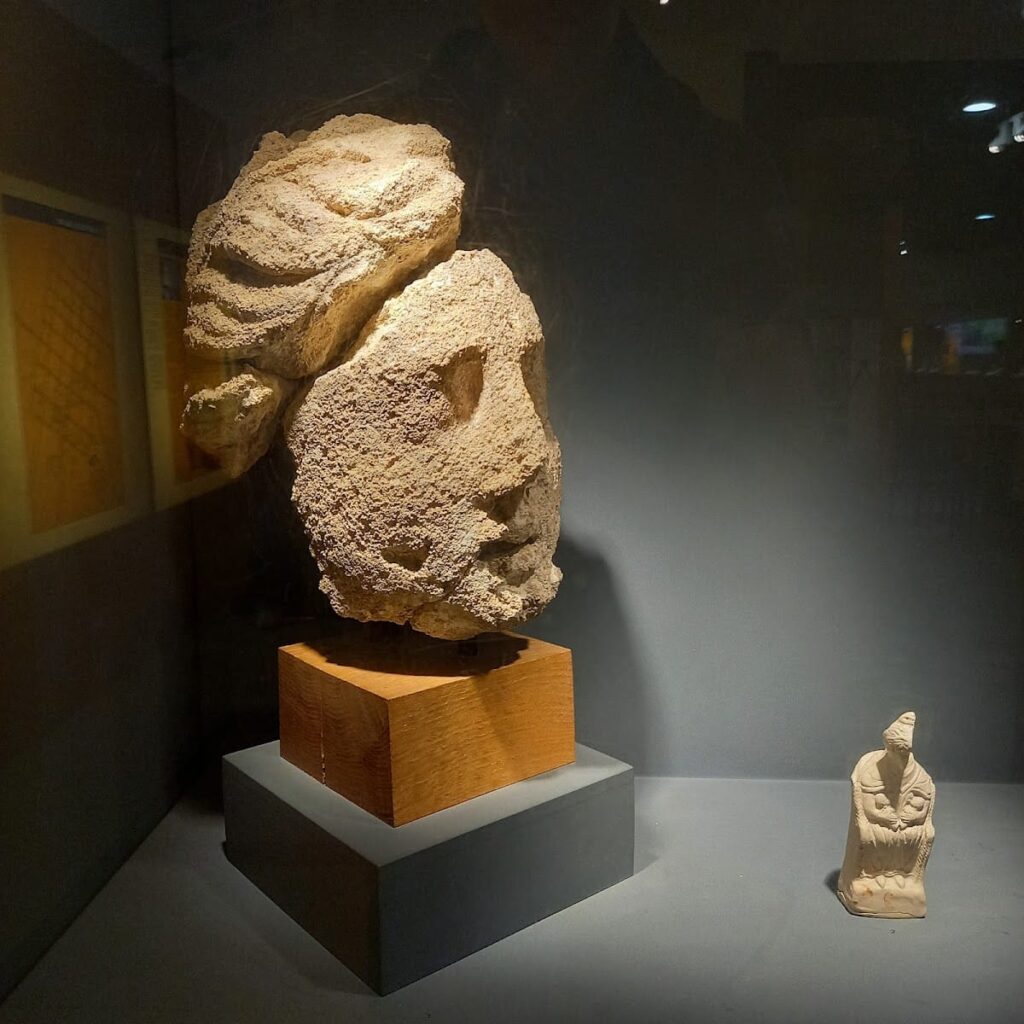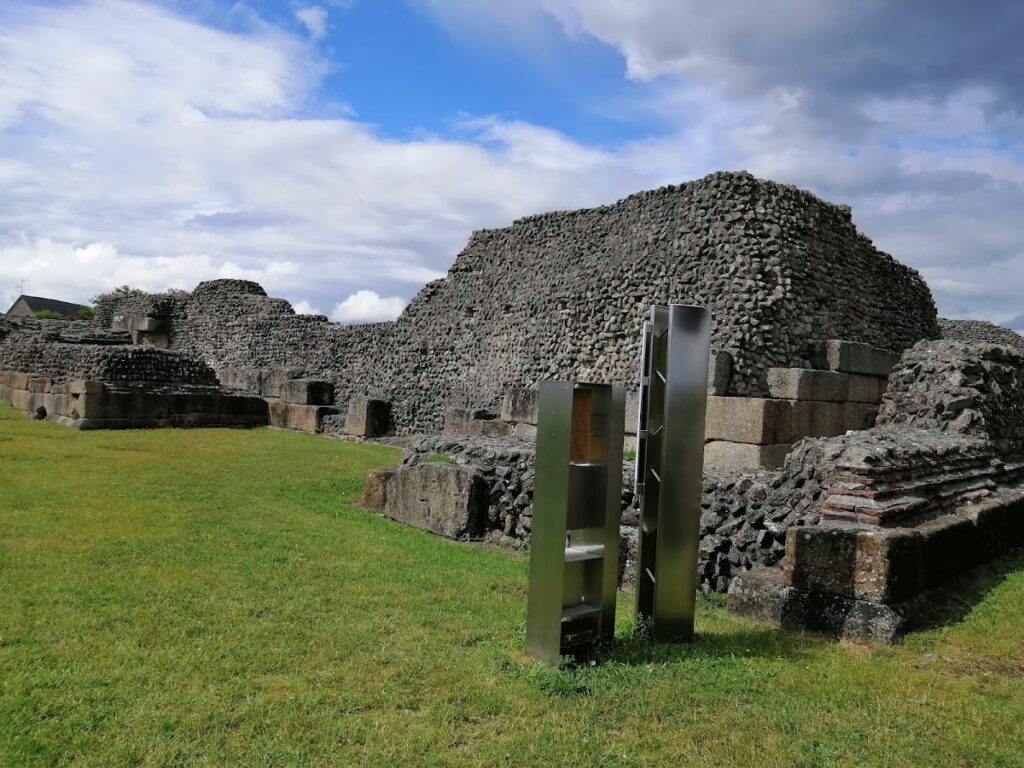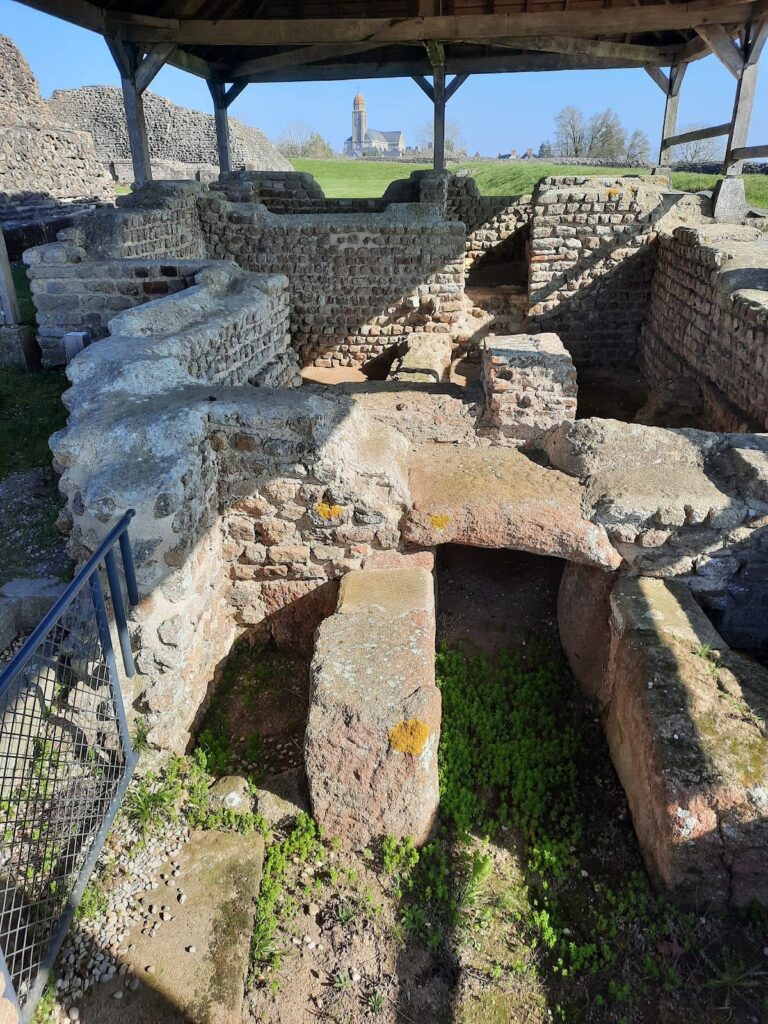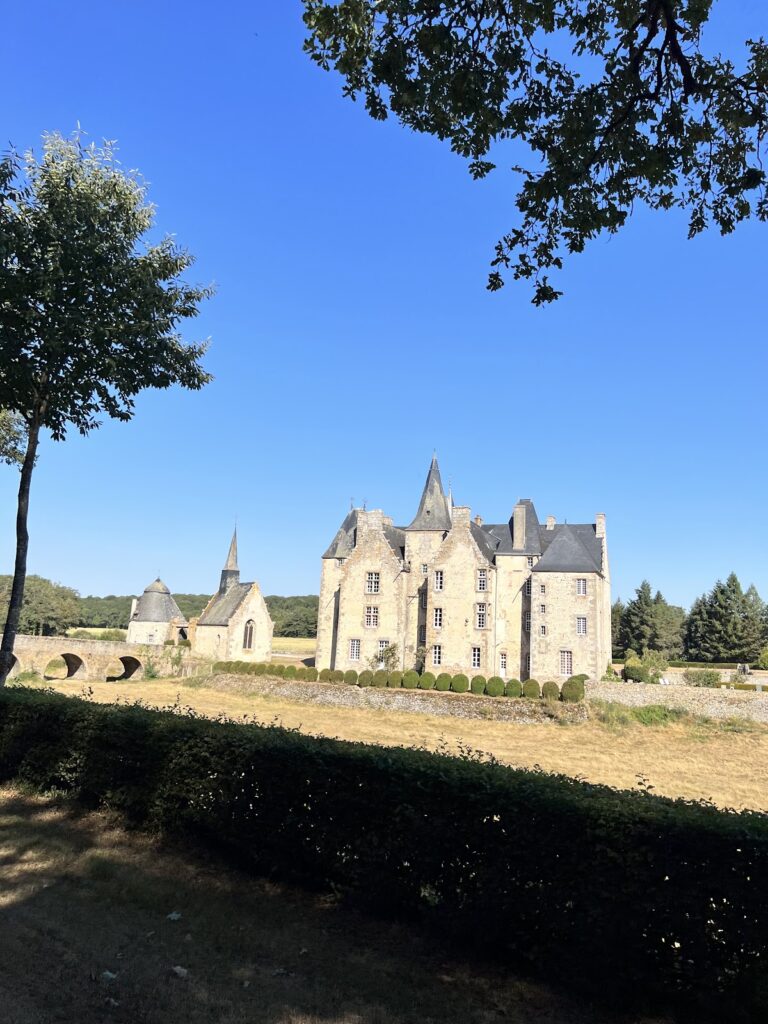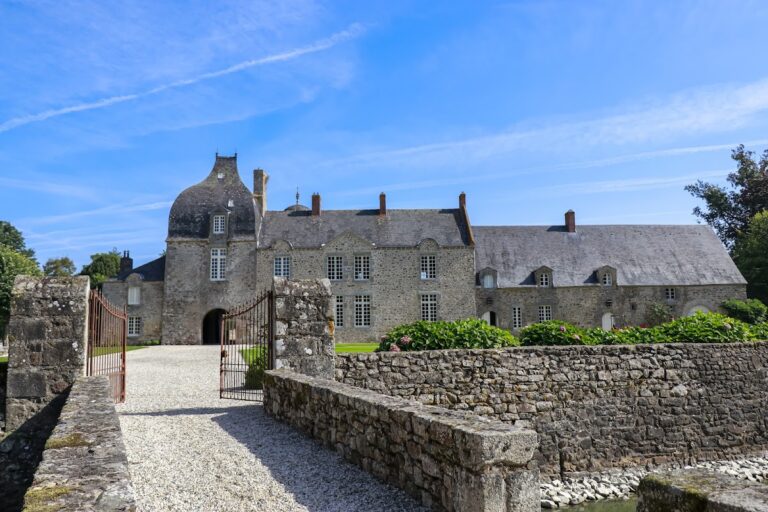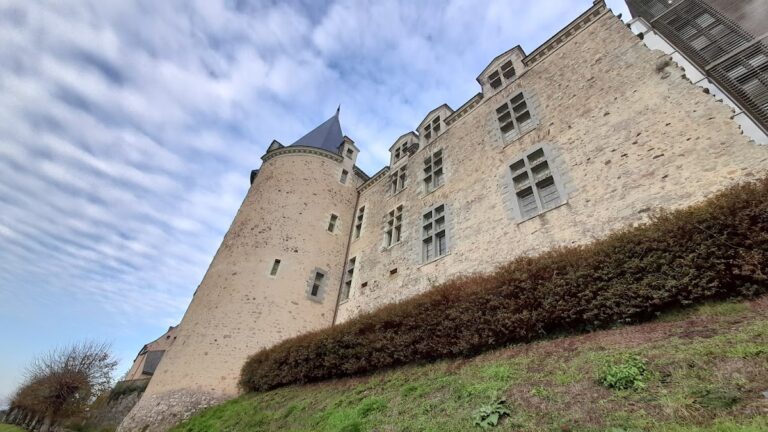Jublains Archaeological Museum: Preserving the Roman City of Noviodunum in France
Visitor Information
Google Rating: 4.5
Popularity: Low
Google Maps: View on Google Maps
Official Website: patrimoine.lamayenne.fr
Country: France
Civilization: Roman
Remains: Museum
History
The Jublains Archaeological Museum is located in the town of Jublains, in northwestern France. The site it represents was originally built by the Romans, who established the city known as Noviodunum during their occupation of the region. This Roman city developed in the first century AD and served as an important local center.
Noviodunum flourished in the Roman period, particularly from the late first century AD onward. Archaeological evidence, including a dedicatory inscription from the theater dating to the second half of the first century, confirms the construction of significant public buildings during this time. The city included a forum, sanctuary and theater.
Following the Roman era, the site saw continued use into the early medieval period. Artifacts such as Merovingian plaques and fibulae indicate occupation or reuse during the Merovingian dynasty, which ruled parts of France from the 5th to 8th centuries. Over time, the name Noviodunum was replaced by Jublains, reflecting the region’s evolving linguistic and cultural landscape.
The museum itself opened in 1995 to showcase the archaeological finds from the site and surrounding areas. Initially, it presented artifacts spanning from prehistoric times to the 16th century within Mayenne. However, since 2002, the museum has focused exclusively on the Roman period, highlighting the city of Noviodunum and its material culture.
Remains
The archaeological site of Jublains reveals a Roman city with a well-defined urban layout. Excavations have uncovered a quarter situated between the forum and the sanctuary, illustrating the spatial organization of public and religious spaces. A scale model in the museum helps visualize this arrangement.
One prominent feature is the Roman theater, dated to the late first century AD. A fragment of its dedicatory inscription survives, confirming its construction and use during this period. The theater would have served as a venue for performances and gatherings.
The sanctuary area yielded numerous votive offerings, including fibulae (brooches) and terracotta statuettes. These ex-votos were likely left by worshippers seeking favor from the gods. A painted plaster fragment depicting a bird was also found here.
Within the fortress zone of the site, archaeologists discovered a pillar adorned with sculpted masks. This element points to ornamental architectural decoration, possibly linked to ceremonial or symbolic functions.
Additional finds include a fragment of a mosaic uncovered in 1776, which adds to the understanding of decorative art in the city.
Many artifacts displayed in the museum come from excavations at Jublains and deposits from nearby museums in Laval and Mayenne. Together, these remains provide a detailed picture of the city’s Roman heritage and its later historical layers.
